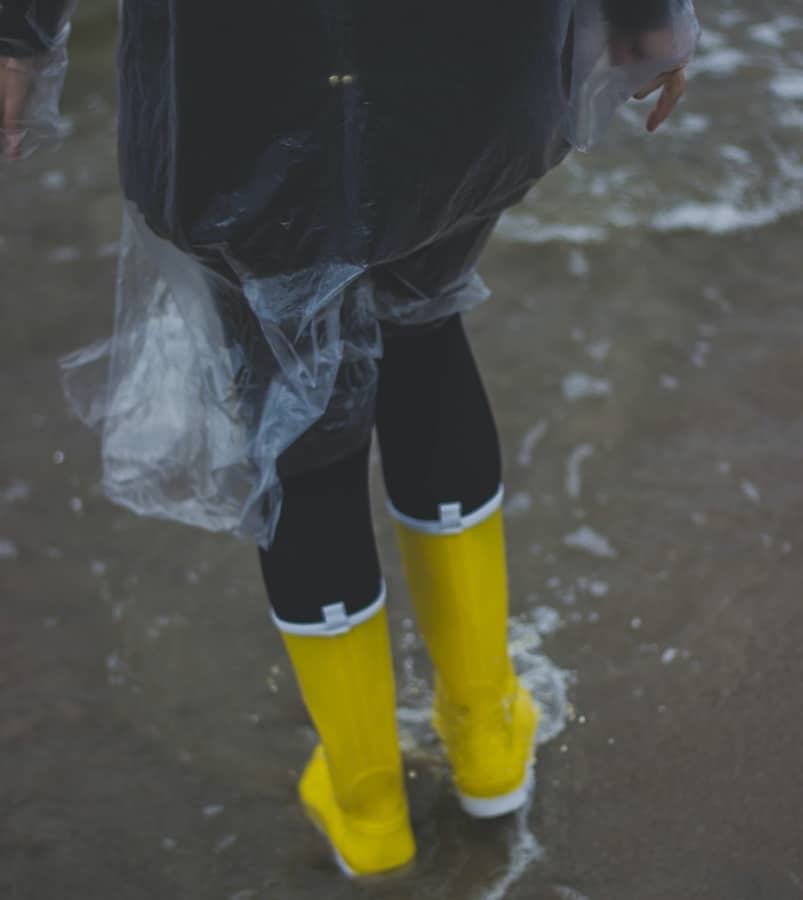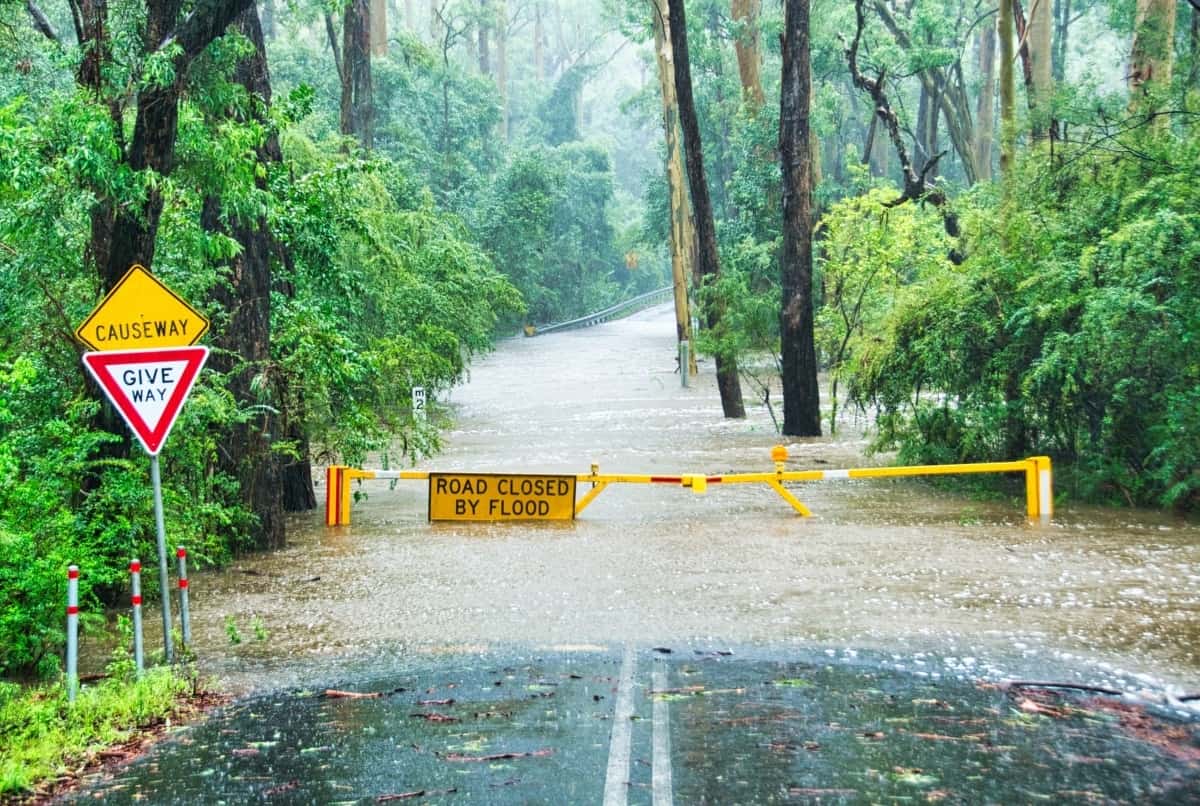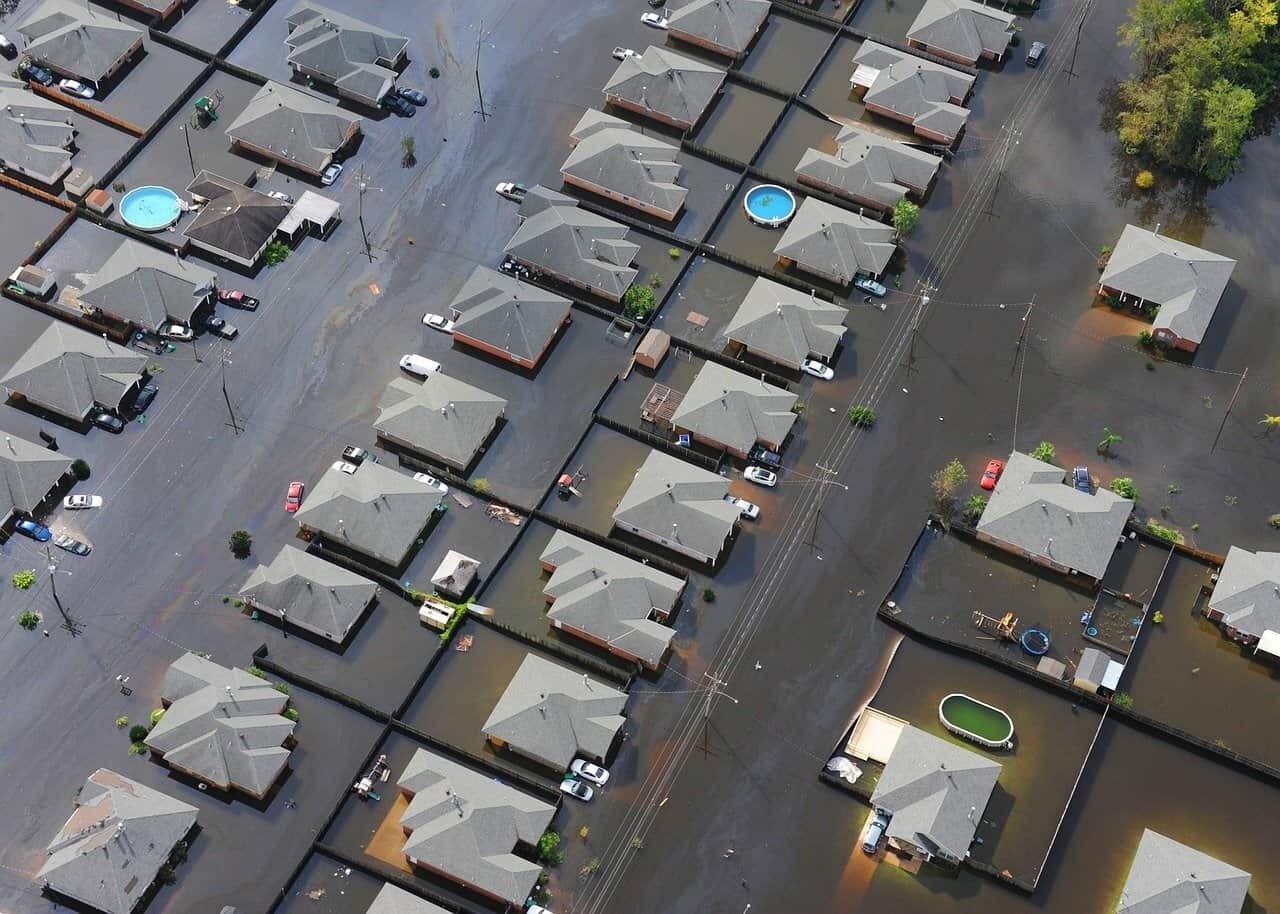Home insurance can help keep your home and property protected, but even a robust insurance package may not cover flooding. If you live on the water, you may need to invest in additional flood insurance. Insurance is essential for those “rainy days” like personal health problems, car, home accidents, and issues stemming from natural disasters.
Mother nature is unpredictable, which makes it difficult to discern how heavy falling rain can affect your area. The best way to stay protected is to stay covered. Flood insurance can help to cover and protect you and your family in the event of a flood. It’s important to understand that this is a separate kind of insurance that you need to buy, as the standard homeowner’s insurance does not cover damages due to flood. Home insurance may cover some part of damage due to rain.
However, if the water entering your home causes damages, standard homeowners’ insurance is not liable to oversee and cover you for these damages.
So is flood insurance right for you? Keep reading to find out.
National Flood Insurance Program (NFIP)
When looking for flood insurance, the most common insurer you will come across is the National Flood Insurance Program, also known as NFIP, which is a federally regulated program. The NFIP offers two kinds of policies:
The first policy covers:
– your actual residence / home for an amount of up to $250,000.
The second policy covers only
– your personal property for an amount of up to $100,000.
You have the choice of buying either one of them or buying both. These prices can vary based on provider, so be sure to connect with ONIT Insurance Group to confirm you have the best option available for your situation.

What Comes Under the NFIP Insurance Coverage
When buying insurance, it’s best to read the fine print on every policy and know exactly what they are being covered from. The NFIP’s policy covers the amount required to rebuild the property, or the fair value of the property, whichever is easier.
Some of the damages that the program covers include the property and its foundation, kitchen appliances, electrical systems, plumbing systems, detached garages, debris removal, permanently carpeted floors, among others.
Some packages can also cover personal property items such as clothing, curtains, furniture, electronic equipment, window AC units, microwaves and dishwashers, frozen food and freezer, washer, and dryer. Items that typically belong to a safety deposit box are not covered, for example, precious metals, bearer bonds, cash, and stock certificates.
When Does Buying Flood Insurance Become Mandatory?
If you are planning to take a mortgage on a property that is located in a high-risk area, also known as a Special Hazard Flood Area, then the bank or lender will want you to buy the flood insurance policy before they sanction your loan.
In case you just want to buy the policy as a precautionary measure, then you must ensure that your community is a part of the national flood program. Since flooding impacts every state, there is a high chance that your state and property are also eligible for the insurance.

Common Myths About Flood Insurance
Some homeowners assume that if they don’t live in a state prone to visitations from natural disasters, such as hurricanes, then they don’t need to have flood insurance. However, this is a common myth that holds no truth.
Flooding can happen inside any home, at any time. Flash floods or those random thunderstorms that seem to form out of nowhere in the summer can bring in bucket loads worth of heavy rainfall to your home. Stay prepared and use flood insurance to make sure you’re covering every base on your property.
Another factor to consider is that while NFIP is a highly-credible insurance provider for flood damage, it’s not your only option. Maybe you want more coverage than NFIP provides. Or maybe you want access to your coverage sooner than what NFIP allows. This is when you should consider using private flood insurance instead.
Private flood insurance is not as easy to access as NFIP, but in some circumstances, it can offer you more flexibility and coverage. Some benefits to going with private flood insurance include a more comprehensive risk analysis of your property that matches the current status of your home. Others are drawn to private flood insurers because it likens their odds of saving money on a policy thanks to the comprehensive risk assessment.




